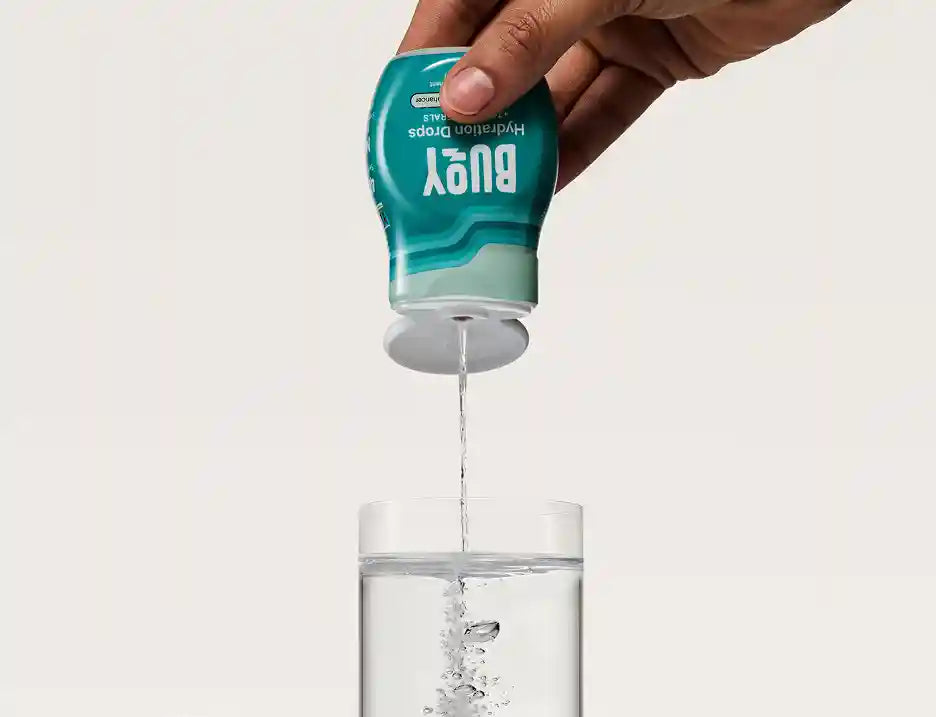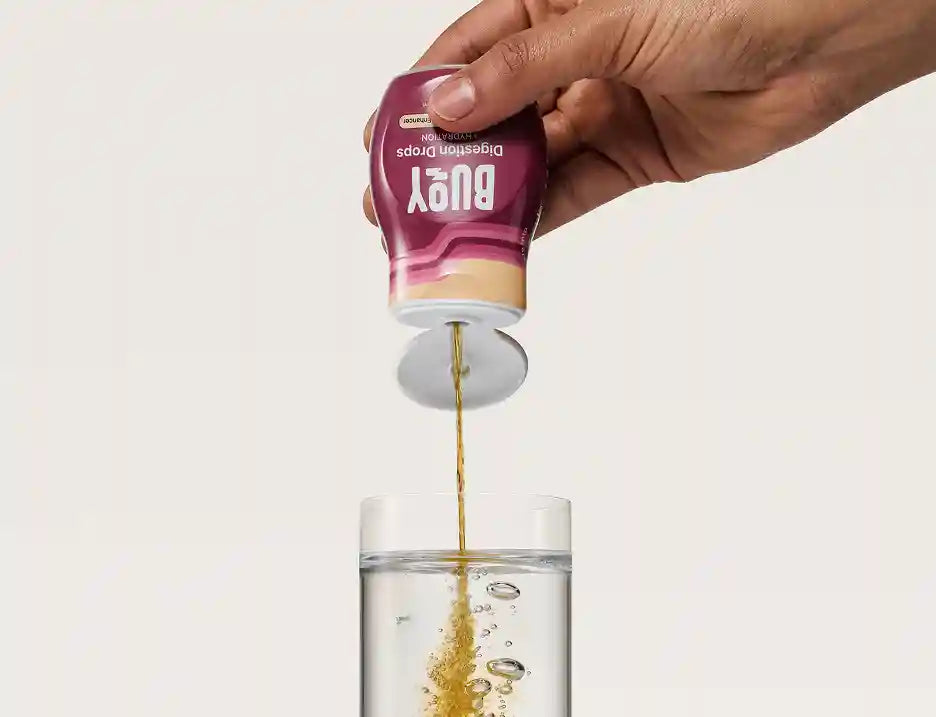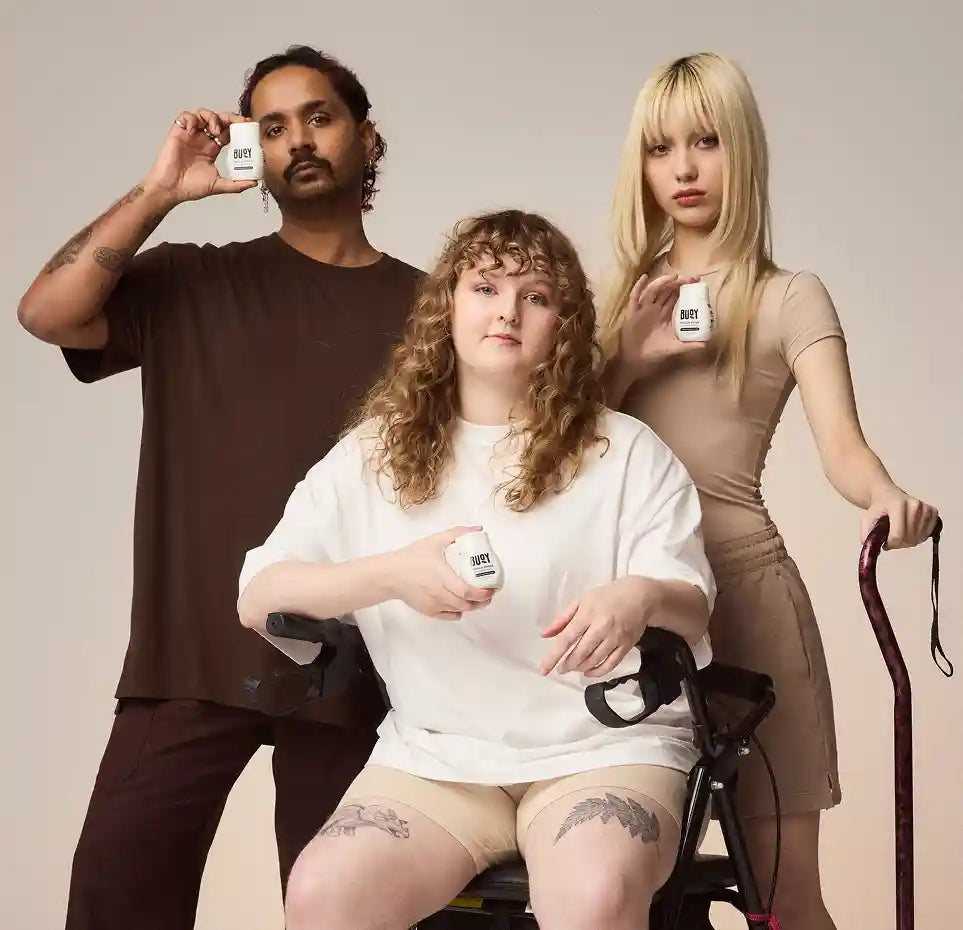
Low-Impact Exercises for POTS: Stretches, Yoga, and Gentle Workouts
Share
Managing Postural Orthostatic Tachycardia Syndrome (POTS) often feels like a balancing act—and physical activity is no exception. POTS exercises can be incredibly beneficial for improving circulation, strengthening muscles, and building cardiovascular resilience, but it’s essential to approach it carefully to avoid triggering symptoms.
Essential Takeaways:
- Why Add Exercise to Your POTS Management Plan? Low-impact physical activity like stretches, yoga, and gentle strength training improves circulation, strengthens muscles, and supports cardiovascular health. But when you have POTS, you need to approach exercise carefully to avoid overexertion or triggering symptoms.
- How to Exercise with POTS: Start small and stay consistent. Incorporating seated or reclined exercises, staying hydrated, and listening to your body can help you build strength and manage POTS symptoms safely. Small, gradual steps can lead to meaningful progress over time.
This guide is here to help. We’ll explore safe, low-impact exercises for POTS like stretches, yoga, and gentle strength training that can support your well-being without overexertion. Whether you’re new to exercise or looking to modify your routine, these ideas are tailored for your needs as someone managing POTS.
- Why Exercise is Important for POTS Management
- Stretches to Improve Circulation
- Yoga Poses for POTS Relief
- Gentle Strength Training for Beginners
- Tips for Staying Active Safely
- Staying Active with POTS: Find What Works for You
Why Exercise is Important for POTS Management
Physical activity may seem daunting with POTS, but it plays an important role in managing symptoms. Here’s why:
- Improved Circulation: Gentle movement encourages blood flow, reducing pooling in the lower extremities and improving oxygen delivery to the brain.
- Strengthened Muscles: Building muscle strength—especially in the legs and core—can enhance circulation and help your body adapt to positional changes.
- Cardiovascular Support: Low-impact activity helps improve your heart’s efficiency, promoting long-term resilience.
According to experts, aerobic exercise improves circulation and helps the body regulate blood flow over time, which can alleviate POTS symptoms. If you’re worried about worsening symptoms, know this: low-impact exercises are specifically designed to be safe and accessible for POTS patients.¹ ²
Building a strong foundation for safe movement is critical for exercising safely with POTS. Learn how to do this in our guide to Postural Training for POTS.
Stretches to Improve Circulation
Stretching is a gentle way to enhance blood flow and flexibility. These stretches can be performed seated or lying down, making them ideal for POTS.
Hamstring Stretch
Sit on the floor with one leg extended and the other leg bent. Reach toward your extended leg, keeping your back straight. Hold for 15-20 seconds, then switch sides. Repeat 2-3 times per leg.
Seated Forward Bend
Sit on the edge of a chair with your legs extended in front of you. Slowly bend forward, reaching for your shins or ankles, and hold for 15-20 seconds. Repeat 2-3 times.
Cat-Cow Stretch
While on your hands and knees, alternate between arching your back (cat pose) and dipping your belly while lifting your head (cow pose). Repeat for 5-10 breaths to promote spinal flexibility and circulation. Perform 2-3 sets.
Supine Hamstring Stretch
Lie on your back with both legs extended. Lift one leg toward the ceiling while keeping it straight or slightly bent, if needed. If helpful, loop a resistance band or towel around your foot. Hold for 15-20 seconds, then switch sides. Repeat 2-3 times per leg.² ³
These safe workouts for POTS can be incorporated into your daily routine to support circulation and reduce stiffness. Stretching after other workouts is also a great way to cool down and improve flexibility.

The Cat-Cow Stretch is a gentle and effective way to improve circulation and promote spinal flexibility, making it ideal for POTS management.
Yoga Poses for POTS Relief
Yoga combines gentle movement and relaxation, making it a fantastic low-impact exercise for POTS. Here are some beginner-friendly poses to try.
Child’s Pose
Kneel on the floor and sit back onto your heels. Extend your arms forward and rest your forehead on the floor. Breathe deeply for 30 seconds to one minute.
Seated Twist
Sit cross-legged or in a chair. Place one hand on your opposite knee and gently twist your torso, looking over your shoulder. Hold for 15 seconds on each side.
Bridge Pose
Lie on your back with knees bent and feet flat on the floor. Keep your arms alongside your body and your palms down. Slowly lift your hips off the floor, engaging your glutes and core. Hold for 3-5 breaths, then gently lower down. Repeat 3-5 times with rest between each lift.
Legs-Up-the-Wall Pose
Lie on your back with your legs extended up a wall. This restorative pose promotes blood flow back to your heart and can help reduce dizziness.² ³
Yoga for POTS not only enhances circulation but also helps calm the nervous system—a crucial benefit for managing symptoms.
Gentle Strength Training for Beginners
Strength training is beneficial for building muscle and improving blood flow in POTS patients, particularly when starting with seated or reclined exercises. But building strength doesn’t have to mean lifting heavy weights or doing high-intensity workouts.
Here are a few beginner-friendly strength exercises to try.
Seated Leg Lifts
Sit in a chair and straighten one leg out in front of you. Hold for a few seconds, then lower it back down. Repeat 10-12 times on each side.
Resistance Band Rows
Secure a resistance band around a stable object, such as a heavy chair, sturdy table leg, doorknob (using a doorknob anchor for safety), or your feet. While seated, pull the band toward you, squeezing your shoulder blades together. Repeat 10-12 times.
Supine Leg Extensions
Lie on your back with knees bent and feet flat on the floor. Slowly straighten one leg out while keeping the other knee bent. Hold for 2-3 seconds, then return to the starting position. Alternate legs for 8-10 repetitions each.
Wall Push-Ups
Stand a few feet from the wall. Place your hands on the wall at shoulder height and slowly push your body toward the wall, then back. Repeat 8-10 times.
Standing Calf Raises with Support
Stand facing a wall or sturdy chair for support. Slowly rise up onto your toes, then lower back down. Keep movements controlled and stop if you feel dizzy. Start with 5-8 repetitions and gradually increase as tolerated.
Wall Slides
Stand with your back against a wall, feet slightly forward. Slide down the wall slightly like a mini squat—only go as far as is comfortable. Slide back up. Keep movements slow and controlled. Start with 5-8 repetitions, using the wall for support throughout.
These low-impact exercises for POTS can be done seated or reclined, reducing the risk of blood pooling in your legs while still strengthening key muscle groups.² ³ For more safe workout ideas, check out our guide to Exercise and Physical Therapy for POTS.

Wall push-ups are a great low-impact exercise to build upper body strength without overexertion, making them perfect for managing POTS symptoms.
Tips for Staying Active Safely
Exercising with POTS requires extra care. Here are some tips to help you stay safe:
- Hydrate Often: Drink water with electrolytes before, during, and after exercise to maintain hydration and prevent dizziness.
- Wear Compression Garments: Compression socks or leggings can help reduce blood pooling in your legs.
- Start Seated or Reclined: Begin with exercises you can do while sitting or lying down to minimize strain and fall risk.²
- Listen to Your Body: If you feel dizzy, fatigued, or unwell, stop and rest. Progress at your own pace, and don’t be afraid to end your session early if you need to.
- Track Your Progress: Keep a journal of your workouts and how you feel afterward to identify what works best for you.
Remember, consistency is more important than intensity. Even small amounts of movement can make a difference over time.
Want more advice for overcoming exercise challenges with POTS? Check out our guide to POTS and Exercise Intolerance: Tips for Staying Active Safely.
Staying Active with POTS: Find What Works for You
Staying active with POTS is a journey, not a race. By exploring safe workouts for POTS that suit your abilities and symptoms, you can build strength, improve circulation, and enhance your overall well-being.
Stay Patient, Stay Hydrated
Remember to be patient with yourself—even small, consistent steps can lead to big improvements over time. And don’t forget to stay hydrated before, during, and after your workouts to support your body and manage your POTS symptoms.
Learn More About POTS
Ready to learn more? Check out our other POTS guides for additional tips and insights for thriving with POTS.

Boost your energy and hydration with Buoy’s Energy Drops, perfect for staying active and managing POTS symptoms during gentle workouts.
References:
-
Brain & Life. (2023). Why Exercise Is Important for People with POTS. Retrieved from https://www.brainandlife.org/articles/why-exercise-is-important-for-people-with-pots
-
Self. (2024). How to Safely Exercise With POTS, According to Experts. Retrieved from https://www.self.com/story/how-to-exercise-with-pots
- Fu, Q. & Levine, B. D. (2015). Exercise in the Postural Orthostatic Tachycardia Syndrome. Autonomic Neuroscience: Basic & Clinical, 188, 86–89. Retrieved from https://doi.org/10.1016/j.autneu.2014.11.008




